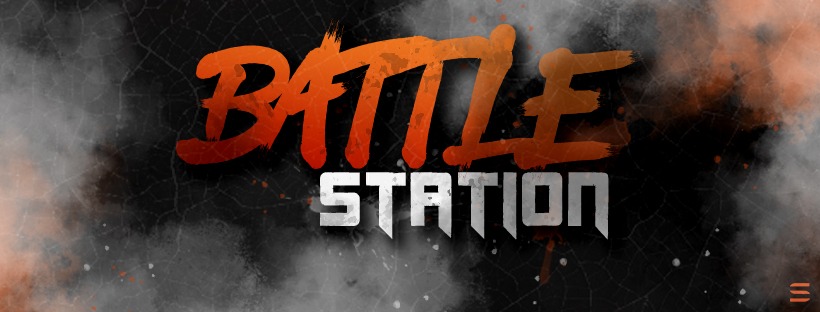In jewelry making, sawblades are essential tools for cutting, shaping, and detailing metal and other materials. Different types of sawblades serve various purposes, each designed to provide specific benefits depending on the task at hand. Here are the different types of sawblades used in jewelry making:
1. Jeweler’s Sawblades:
Jeweler’s sawblades are the most common type used in jewelry making. These blades are thin and delicate, allowing for precise cuts in metal sheets, wire, and other materials. They come in various sizes, typically numbered from 8/0 (the finest) to 8 (the coarsest). Finer blades (such as 6/0 to 8/0) are ideal for intricate and detailed work, while coarser blades (such as 0 to 4) are better for cutting thicker materials.
2. Spiral Sawblades:
Spiral sawblades have a unique design with teeth that spiral around the blade. This allows the blade to cut in multiple directions without the need to turn the piece being worked on. Spiral sawblades are especially useful for cutting complex shapes and curves in metals and other materials, offering greater flexibility and control.
3. Piercing Sawblades:
Piercing sawblades are used for making internal cuts and intricate designs within a piece of metal. These blades are typically used with a jeweler’s saw frame to cut out shapes and patterns from within a solid piece, allowing for detailed and delicate work.
4. Flat Sawblades:
Flat sawblades have a wider, flat profile and are used for cutting straight lines and larger sections of metal. They are less flexible than jeweler’s sawblades, making them ideal for more robust cutting tasks that require stability and control.
5. Relieved Back Sawblades:
Relieved back sawblades have a thinner back edge, which reduces friction and allows for smoother cutting. These blades are ideal for detailed work where precision is critical, as the reduced friction helps maintain control and accuracy.
6. Skip Tooth Sawblades:
Skip tooth sawblades have gaps between every other tooth, which helps to reduce clogging when cutting softer metals and materials. This design allows for faster cutting and is particularly useful for cutting through materials that tend to gum up regular sawblades.
7. Reverse Tooth Sawblades:
Reverse tooth sawblades have teeth that alternate direction along the blade. This design helps to minimize burrs and rough edges on the underside of the cut, providing a cleaner finish. Reverse tooth sawblades are often used for cutting delicate or brittle materials.
Choosing the Right Sawblade:
When selecting a sawblade, consider the material you will be cutting, the thickness of the material, and the level of detail required for your project. Finer blades are ideal for delicate and detailed work, while coarser blades are better for thicker materials and more robust cutting tasks. Additionally, ensure the blade is compatible with your saw frame for optimal performance.
Using the right sawblade in jewelry making ensures precise cuts, enhances the quality of your work, and helps you achieve the desired results for your projects.
What Are the Different Types of Sawblades Used in Jewelry Making?
-
mrharry
- Neuling

- Beiträge: 1
- Registriert: 06.07.2024, 13:01
Wer ist online?
Mitglieder in diesem Forum: vahamo3719 und 3 Gäste
